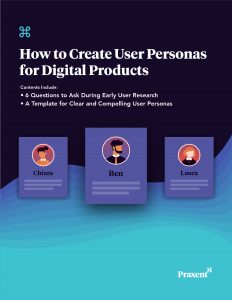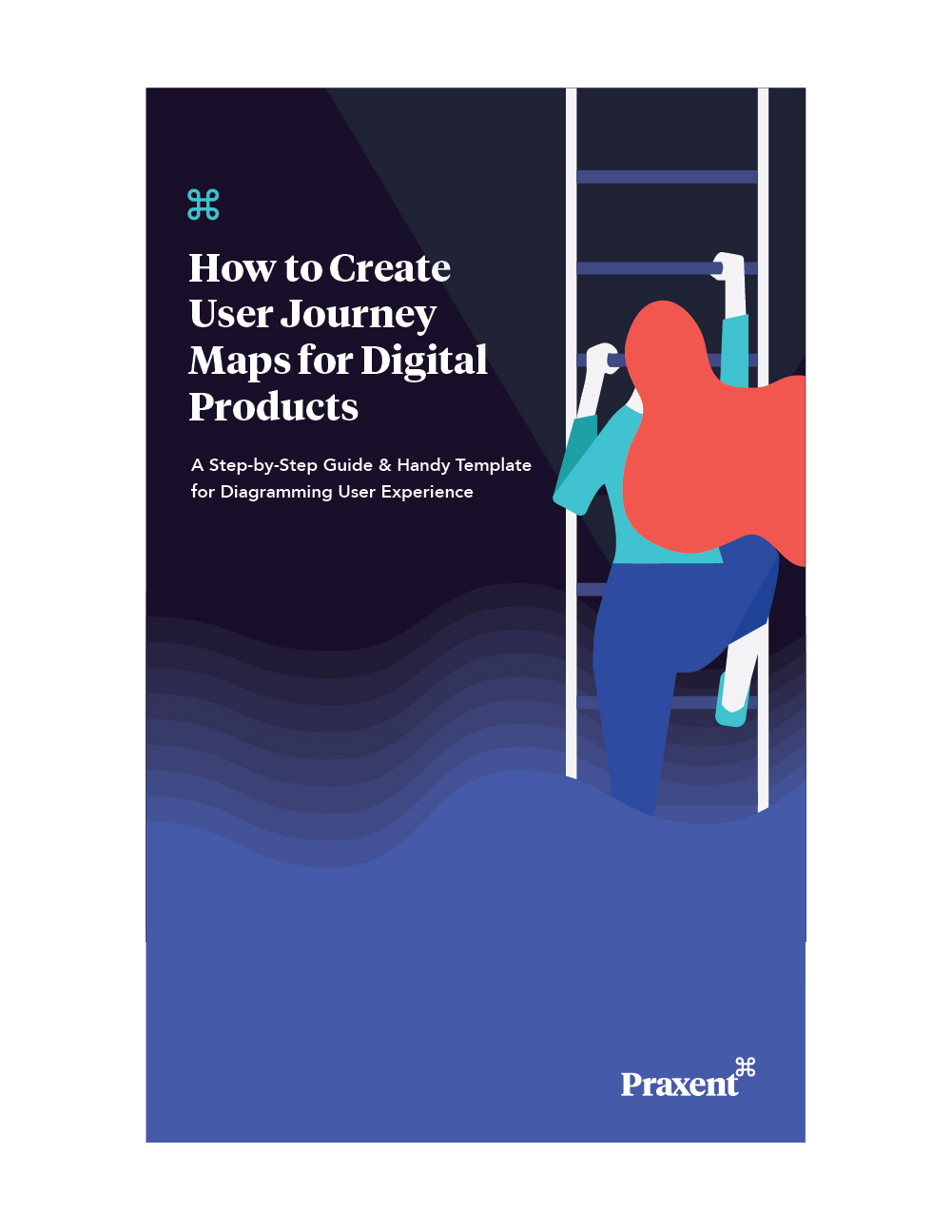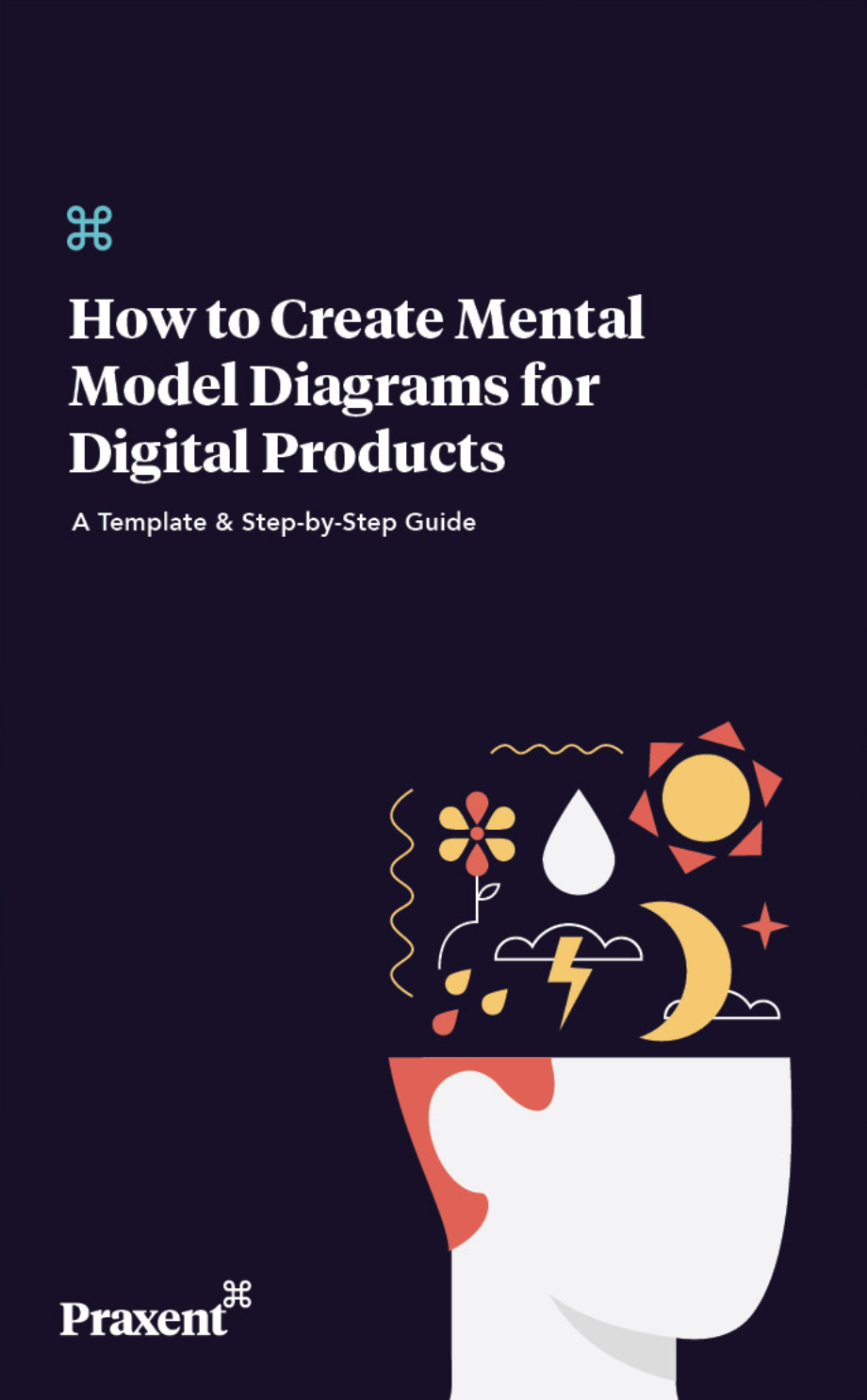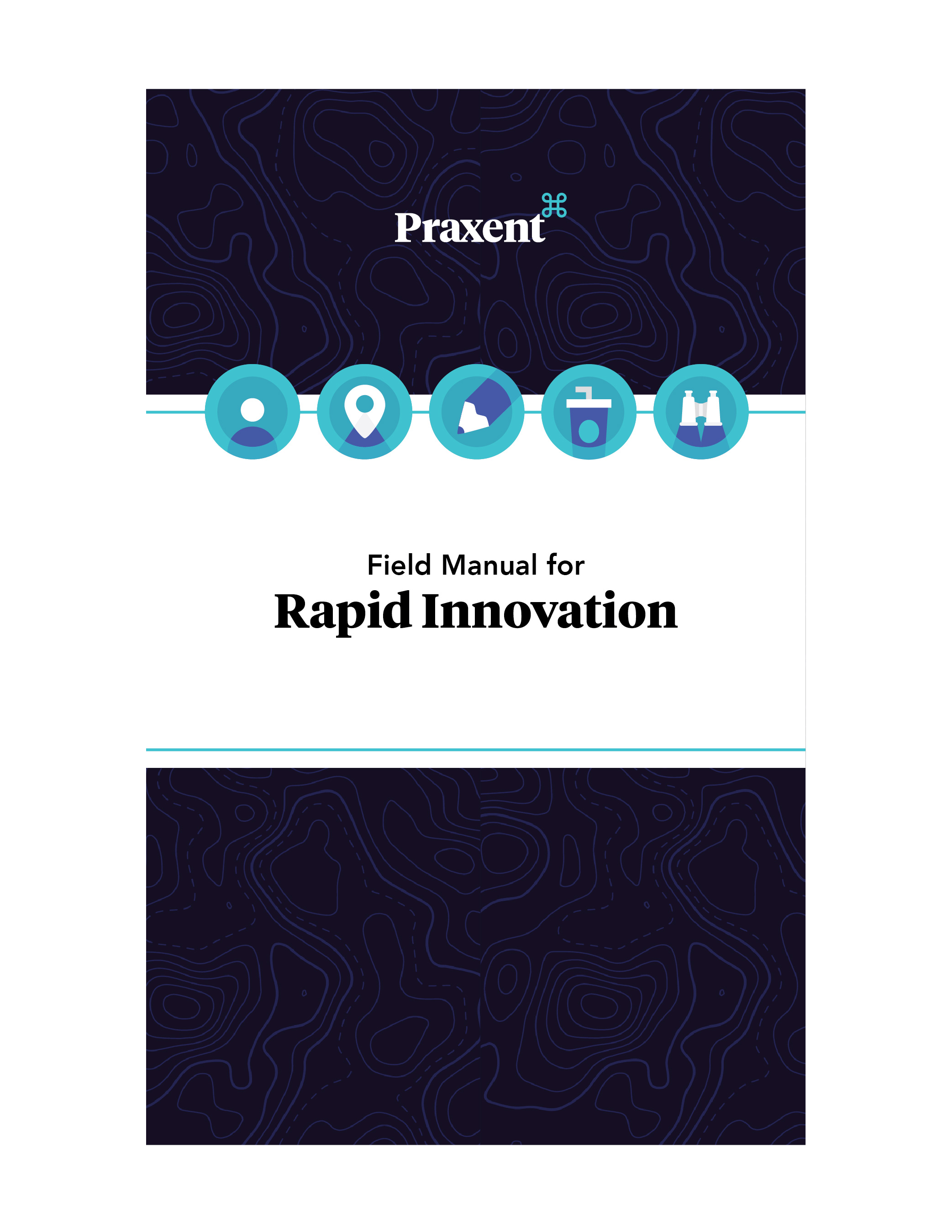
5 min read
Making Sense of User Research: 5 Tools for Finding & Refining Winning Product Ideas (Plus Free Templates)
Making Sense of User Research: 5 Tools for Finding & Refining Winning Product Ideas
Collecting quality data about users and markets is foundational to discovery and product innovation — but it’s only the first step.
Guerilla user research, contextual inquiries, user interviews, and usability tests allow designers to gather accurate information about who would use a product, when they would use it, why and how they would use it. The next critical step is to discern meaning, develop strategy, and design interfaces based on that raw information.
>> Learn more about contextual inquiries and other forms of generative user research.
Following generative research, designers and product leaders use a variety of visual communication tools to turn user research into actionable insights for their product designs.
Practical, visually plain, quick and easy to create — these tools serve several practical functions:
- Facilitate the design thinking process, allowing designers to process meaning from their research
- Create alignment among stakeholders
- Assist in real-time discovery sessions, facilitating intentional, user-centric, research-based discussions
- Accelerate innovation when incorporated into standard practice at an organization
- Interpret factual user research into smart product strategy
These tools are simple, easy to learn, and portable. By incorporating these tools into usual discussions and product planning, organizations can foster a culture that regularly practices innovation without costly investment.
User Personas
User personas are communication tools that help product owners, managers, strategists, or UX designers teach both clients and product teams about the people who will use their products. User personas should be based on facts about real people who already do or could potentially use the product being designed.
Before fleshing out a user persona, conduct research through surveys and contextual inquiries to learn about the people who will use the product. Visit them on site to observe the context in which they will use the product and their behaviors in that context.
How to Create User Personas for Digital Products
Create clear and compelling user personas in Sketch or Keynote using our free templates.
Download includes a guide to understanding user personas and six questions to ask during early user research.
>> Download the e-book and templates for creating user personas in Sketch and Keynote.
User Journey Map
User journey maps allow designers to maximize ROI on usability tests, providing a big picture perspective on the efficacy of a user interface design. They are important communication tools documenting the “why” and “what” behind a product design.
User journey maps depict product goals and requirements from the user’s perspective. They outline each stage of the user’s experience with a product, highlighting their thoughts, emotions, and actions. Each separate user persona requires a distinct user journey map.
Create Your Own User Journey Maps in Sketch or Illustrator
Maximize ROI on usability tests and foster smart decisions for new product development with user journey maps.
Access the free step-by-step guide and handy template for diagramming user experience.
>> Download the e-book and templates for creating user journey maps in Sketch and Illustrator.
Mental Model Diagram
A mental model diagram dives deep into the motivations, thoughts, mindset, and environment of each human interacting with your product. It also provides a space for clarifying how each feature or aspect of your product will address user motivations and pain points seamlessly within context.
The process of creating mental model diagrams is a helpful activity, in and of itself. As teams organize statements and ideas from the user’s perspective, they begin to think critically about a product’s features and goals, testing core assumptions behind a design.
Turn user research into actionable insights with mental model diagrams.
Accelerate innovation and make user-centric decisions with mental model diagrams.
Access the free step-by-step guide and templates for Sketch and Keynote.
>> Download the e-book and templates for creating mental model diagrams in Sketch and Keynote.
Wireframes
Wireframes lay out the structure and visuals of a product in a non-interactive, 2D format. They are created in stages: low-fidelity for communicating basic visuals and screen layouts early on, and high-fidelity for a more developed picture of the end-product. Low-fidelity wireframes are often black and white with no consideration for font or graphic style. High-fidelity wireframes contain color and thoughtfully selected fonts, and begin to express a distinct graphic style.
User Flow Charts
User flow charts are similar to user journey maps in that they track each stage of the user’s experience with a product. The difference is that user flow charts are a step more developed than journey maps. Rather than focusing so much on the mindset and motivations of the user, the user flow chart will outline in detail all the steps taken by the user and the prompts and triggers provided by the digital product.
5 Tools for Fostering Practical Innovation.
Learn skills for cultivating an innovative culture within your organization.
From guerilla research to helpful sketching exercises, these 5 methods prove innovation doesn’t have to be a costly burden.
- Access the step-by-step guide for facilitating intentional, portable and cost-effective discovery sessions in your organization.
- Master 5 tools for identifying innovative product strategy.
>> Download the field manual for access to tools and ready-to-use templates.






Leave a Reply